Moving Toyshop & Strangers on a train
**Slight spoiler alert**
I'm finding re-reading Moving Toyshop a surreal experience as I spot all sorts of things that I never noticed the first time around,and wonder now whyever not. I've just read the penultimate chapter and had a real "light-bulb" moment when I realized that Hitchcock had used the climax of Toyshop for the film Strangers On A Train (1951) [DVD]
I read the novel of Strangers on a Train many years ago, and remember thinking that the climax was nothing like the film which was much more dramatic. In the film version the villain Bruno is pursued to a fairground by Guy. Bruno has murdered Guy's ex-wife, and following Guy's backing out of the "bargain" to murder Bruno's father, is trying to frame Guy for the girl's murder.
Central to the fairground scene is a large carousel which ends up moving at high speed when the fairground hand who is controlling the carousel is accidentally shot. Another fairground hand is brought in and crawls underneath the speeding carousel to get to the centre and switch the fairground ride off. The ride breaks down, and in the carnage Bruno is killed. As he dies his hand falls open revealing the "MacGuffin", the piece of evidence that will convince the police that Guy is innocent. (This is all from memory, so apologies to any Hitchcock fans for any errors)
Apparently the fairground hand, who crawled underneath the ride, really did do this - Hitchcock commented years later that he would never do that again, as he could have been killed.
This is basically the climax of Moving Toyshop, with some slight differences (no MacGuffin is needed, for instance) - and no, I'm not going to tell you Whodunnit, for that you will have to read Toyshop yourself. But for more on the original novel Strangers on a train, and the film's links to Toyshop see http://en.wikipedia.org/wiki/Strangers_on_a_Train_(novel)#Differences_between_novel_and_film
Toyshop was first published by Gollancz in 1946, the first American edition came out the same year, although it's also possible (and I think slightly more likely) that Hitchcock read the novel when he was in England in 1950 making Stage Fright. Strangers on a train was produced the following year.
The links between the film and the book show that Hitchcock evidently enjoyed reading crime fiction as much as he enjoyed making thrillers. It also explains why there is a slight disconnect between the first and second half of the film with the first half strongly mirroring the original novel, and the second half taking ideas from elsewhere. The climax of Moving Toyshop is certainly deserving of being filmed, and made a great climax to Hitchcock's film, but what a shame that Edmund Crispin didn't receive the credit he deserved for his contribution.


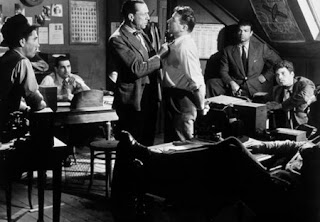
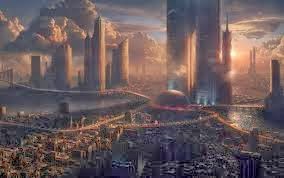
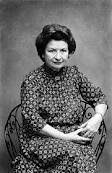
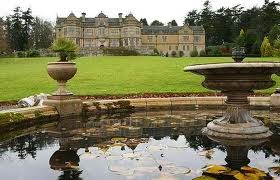
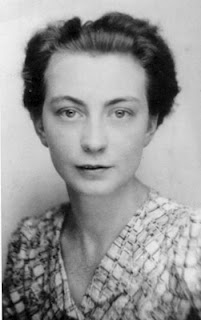
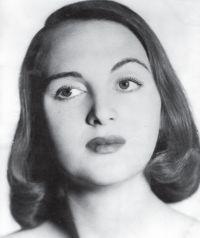

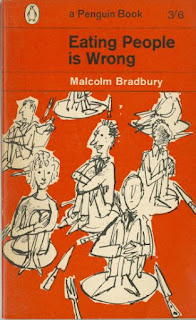
Comments